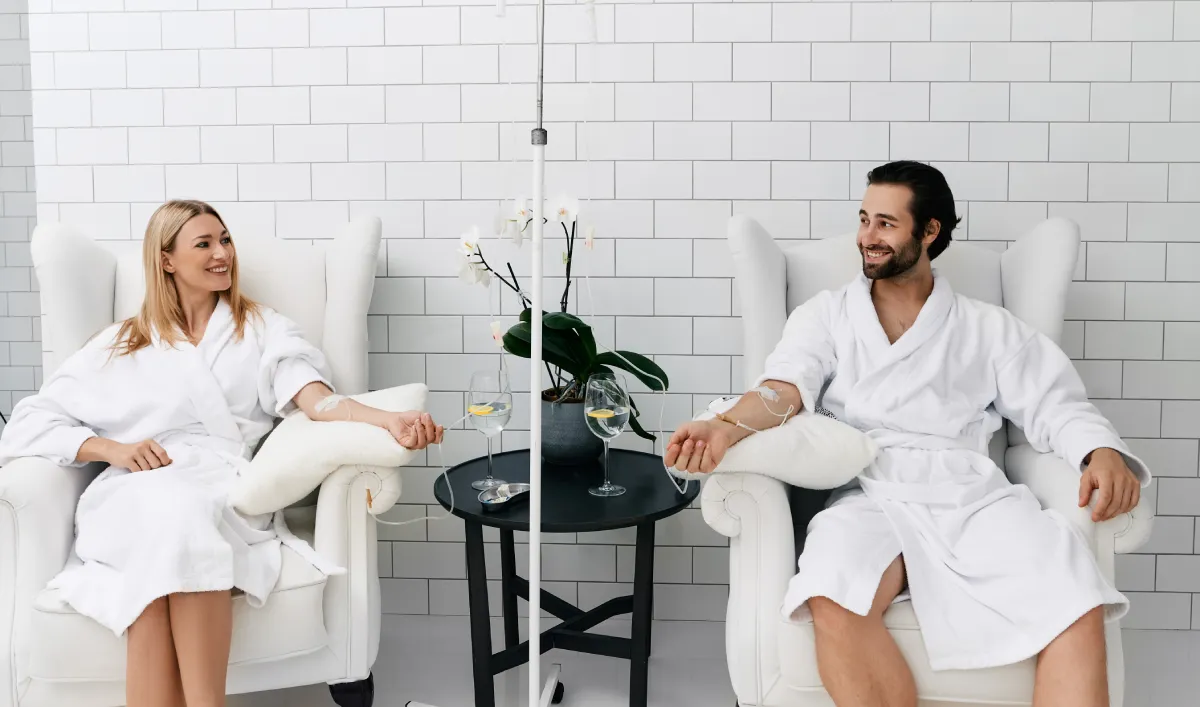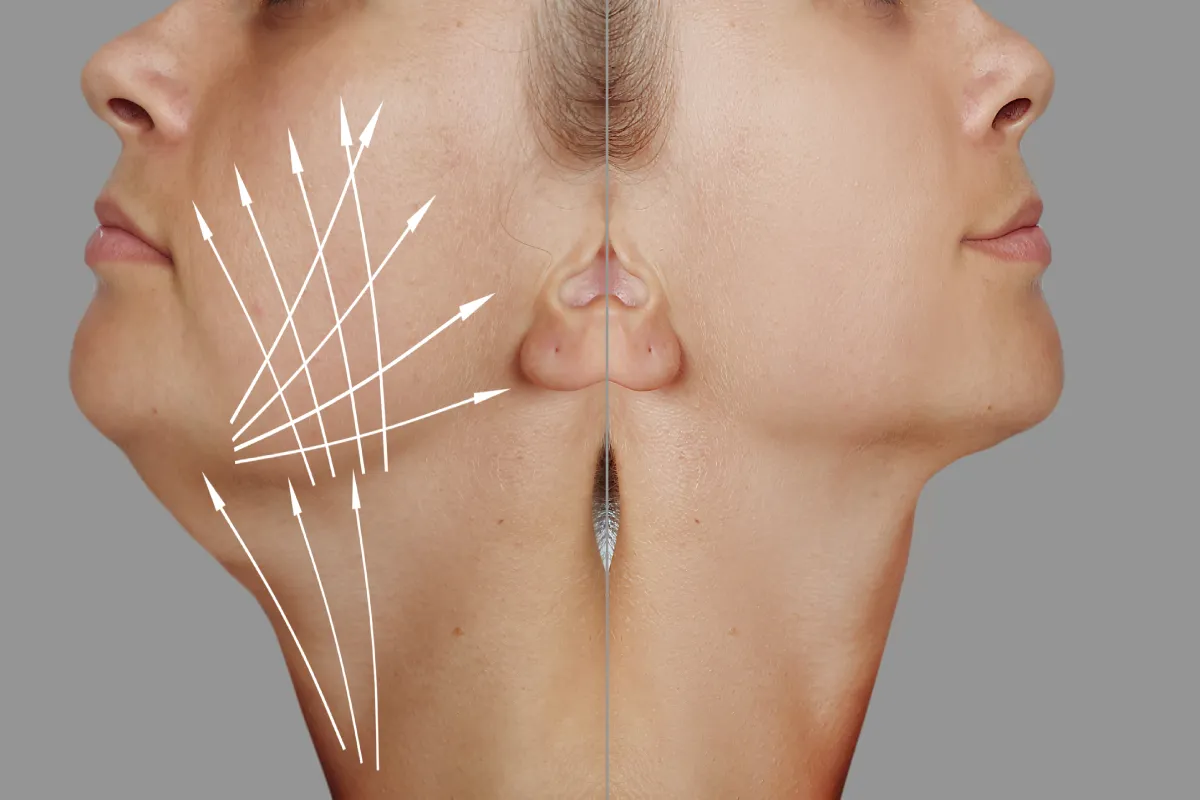Dealing with low energy, reduced libido, and mood swings can be frustrating, especially when these issues are linked to hormonal imbalances. Testosterone replacement for low T & HRT (Hormone Replacement Therapy) offers a solution to these common problems. Testosterone and depression often go hand-in-hand, as low testosterone levels can significantly affect mood and overall mental health. Treating low testosterone levels not only helps improve physical vitality but also enhances mental well-being. If you’re struggling with these symptoms, there are effective treatments available that can help restore balance and improve your quality of life, making you feel more like yourself again.
Understanding Low Testosterone (Low T)
Low testosterone, or Low T, is a condition that many men experience, particularly as they age. Testosterone is a key hormone influencing numerous bodily functions, such as muscle mass, bone density, libido, and mood regulation. A decrease in testosterone levels can lead to significant changes in these areas, impacting overall health and well-being.
As men age, testosterone levels naturally decline gradually, typically starting in their 30s. However, other factors can accelerate this decline or cause more severe deficiencies. Conditions like hypogonadism, where the body delivers inadequate testosterone, are a primary cause. Lifestyle choices such as poor diet, lack of exercise, chronic stress, and excessive alcohol consumption can also contribute to reduced testosterone levels.
The symptoms of Low T are diverse and can affect both physical and mental health. Men with low testosterone might experience reduced libido and sexual performance, which can impact relationships and quality of life. Physically, low testosterone can lead to a loss of muscle mass, increased body fat, and diminished bone density, making injuries more likely. Mentally, men may face fatigue, difficulty concentrating, and mood swings, including depression and anxiety.
Diagnosing Low T involves a combination of physical examinations, reviewing medical history, and conducting blood tests to measure hormone levels.
The Link Between Testosterone and Depression
Several studies highlight the connection between low testosterone and depressive symptoms. Men with Low T often report sadness, fatigue, irritability, and a general disinterest in activities they once enjoyed. These symptoms can severely affect one’s quality of life and overall mental health. Research has shown that testosterone plays a vital role in modulating mood and cognitive function, and deficiencies can disrupt the balance of neurotransmitters in the brain, leading to depression.
Testosterone replacement therapy (TRT) has been shown to alleviate depressive symptoms in men with Low T. According to a study published in the Journal of Clinical Endocrinology & Metabolism, men undergoing TRT reported significant improvements in mood, energy levels, and overall mental health. Another study in the American Journal of Psychiatry found that testosterone treatment could be an effective adjunct therapy for men suffering from major depressive disorder who have not responded adequately to standard antidepressant medications.
The mechanism behind this improvement lies in testosterone’s influence on several brain functions. Testosterone receptors are widespread throughout the brain, particularly in areas associated with mood regulation, such as the hippocampus and amygdala. When testosterone levels are restored to normal, it can enhance the function of these brain regions, thereby improving mood and reducing depressive symptoms.
Bioidentical Hormone Replacement Therapy (BHRT)
Bioidentical Hormone Replacement Therapy (BHRT) offers a personalized approach to addressing hormone imbalances, particularly low testosterone in men. Unlike traditional hormone replacement therapies, BHRT uses hormones that are chemically identical to those intrinsically produced by the body. This ensures the body recognizes and metabolizes these hormones efficiently, leading to more effective treatment outcomes.
Customization and Personalization
BHRT can be tailored to each individual’s specific needs. Treatment begins with a thorough evaluation, including detailed blood tests to determine hormone levels. Based on these results, a customized BHRT regimen is developed. This personalized strategy assures that patients receive the exact hormones they need in the right amounts, whether through creams, gels, patches, or subcutaneous pellets.
Safety and Efficacy
BHRT is often associated with fewer side effects compared to synthetic hormone therapies. The hormones’ bioidentical nature is more compatible with the body’s natural biochemistry. Studies, such as those published in the Journal of Clinical Endocrinology & Metabolism, have shown that patients using bioidentical hormones report higher satisfaction and fewer adverse reactions.
Benefits Beyond Physical Health
In addition to alleviating physical symptoms like fatigue, decreased muscle mass, and reduced libido, BHRT can significantly improve mental and emotional health. Men undergoing BHRT often experience better mood stability, enhanced cognitive function, and overall improvements in quality of life. This is particularly beneficial for those suffering from depression and anxiety due to hormonal imbalances.
Supporting Overall Health
BHRT also contributes to better metabolic function, increased energy levels, and improved cardiovascular health. Testosterone is crucial for maintaining healthy blood sugar levels, lipid profiles, and blood pressure. BHRT supports long-term health and vitality by restoring these hormones’ natural balance.
How Do Testosterone Injections Work?
Testosterone injections are a common and effective treatment for low testosterone levels. They are quickly administered in a medical office, offering a convenient and efficient method for restoring hormonal balance. During a typical office visit, the healthcare provider administers the injection intramuscularly, usually in the gluteal muscles or sometimes in the thigh. These injections deliver testosterone directly into the bloodstream, allowing for rapid absorption and immediate hormone availability.
Pellet Insertion Therapy
The procedure is slightly different but equally effective for those opting for pellet insertion therapy. Here’s how it works:
- Preparation: The insertion area, typically the upper buttocks, is numbed to ensure comfort.
- Incision and Insertion: A small incision is made through which the hormone pellets are inserted. These pellets are tiny cylindrical implants containing bioidentical testosterone.
- Closure: After insertion, the incision is closed with a bandage. The pellets gradually dissolve, releasing testosterone steadily into the bloodstream over time.
Takeaway
Are you experiencing symptoms of low testosterone, such as fatigue, depression, or reduced muscle mass? At The Formula Medspa, we specialize in Bioidentical Hormone Replacement Therapy (BHRT) to help you regain your energy, vitality, and overall well-being. Our personalized treatment plans are designed to meet your unique hormonal needs, providing effective and sustained relief from low testosterone symptoms. Contact or visit us to discover how BHRT can transform your life. Feel like yourself again with The Formula Medspa.







